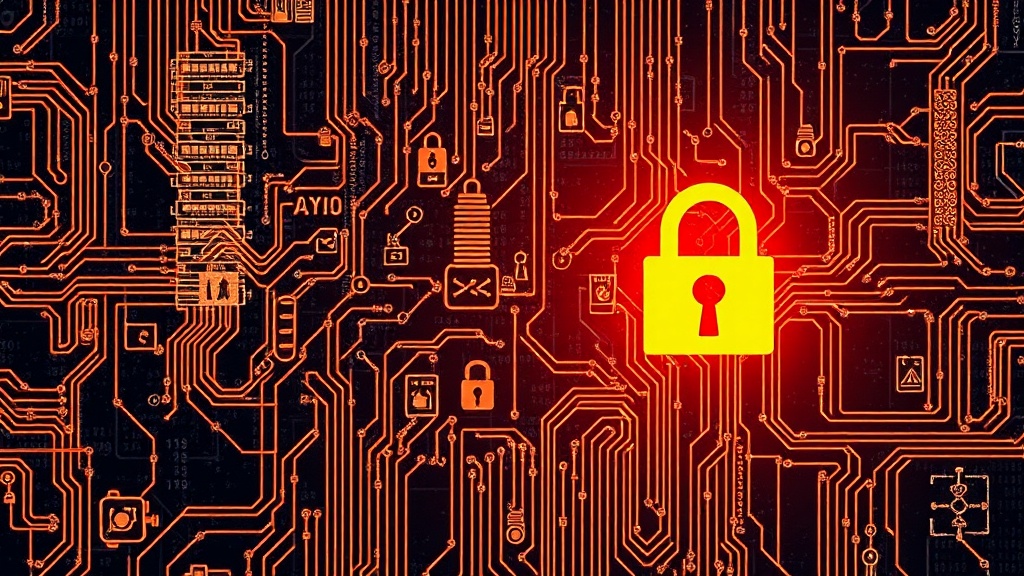Cybersecurity is no longer an optional line item — it’s a business imperative. Threat actors are using more automated, targeted techniques and exploiting weak identity controls, misconfigurations, and gaps in vendor ecosystems.
A layered, pragmatic approach helps organizations reduce risk, limit impact, and accelerate recovery.
Top threat trends to watch
– Ransomware remains a leading business disruptor. Attackers combine data theft and encryption to pressure quicker payouts, often targeting backups and recovery tools.
– Supply chain and third-party risks are amplified as more organizations rely on cloud services, managed vendors, and open-source components. A single compromised supplier can cascade across many customers.
– Identity-based attacks escalate through credential theft, social engineering, and “MFA fatigue” tactics meant to bypass multi-factor prompts.
– Cloud misconfigurations and excessive permissions continue to expose sensitive data when service defaults aren’t tightened.
– Internet of Things and operational technology devices often lack strong security controls, creating new footholds for attackers.
Practical defenses that move the needle
– Adopt an identity-first, zero trust posture. Treat every request as untrusted until proven otherwise: enforce least privilege, implement role-based access, and require strong authentication for all access to sensitive systems.
– Use phishing-resistant multi-factor authentication.
Hardware tokens or FIDO2/WebAuthn-style keys are far more resilient than SMS or push notifications that can be coerced or intercepted.
– Harden backups with immutability and isolation. Ensure backups are air-gapped or logically segregated and test restoration regularly to verify business continuity plans work under real-world pressure.
– Patch and manage vulnerabilities proactively. Prioritize high-impact and internet-facing systems, and use automated scanning to detect exposures before attackers do.
– Monitor with endpoint detection and response and centralized logging.
Continuous telemetry and correlation help detect lateral movement and anomalous behavior early, shortening dwell time.
– Implement supply chain risk management. Maintain a software bill of materials (SBOM) where possible, vet vendor security practices, and require contractual security obligations for critical suppliers.
– Segment networks and micro-segment critical assets. Limiting east-west movement reduces blast radius if an attacker gains access.
– Secure development and deployment pipelines. Integrate security into every stage of the software lifecycle with static and dynamic testing, code signing, and container image scanning.
– Protect OT and IoT with network controls and asset inventories. Identify unmanaged devices, apply compensating controls, and isolate operational networks from general IT traffic.
Incident readiness and response
– Build and maintain an incident response playbook with clear roles, escalation paths, and communication templates. Regular tabletop exercises expose gaps and improve decision-making under pressure.
– Establish logging and evidence collection procedures that preserve forensic integrity. Quick, reliable evidence helps with containment, legal requirements, and potential recovery.
– Coordinate with legal, PR, and third-party specialists ahead of incidents. Pre-arranged relationships with forensic vendors and counsel accelerate response and reduce confusion.

Where to invest first (for limited budgets)
– Identity and access controls (MFA, privileged access management)
– Backups and recovery testing
– Endpoint and log visibility for rapid detection
– Patch automation for critical assets
Security is continuous — threats evolve and defenses must follow. Layered controls, tested recovery plans, and a focus on identity, visibility, and supply chain resilience provide the strongest path to reducing risk and maintaining operational resilience.